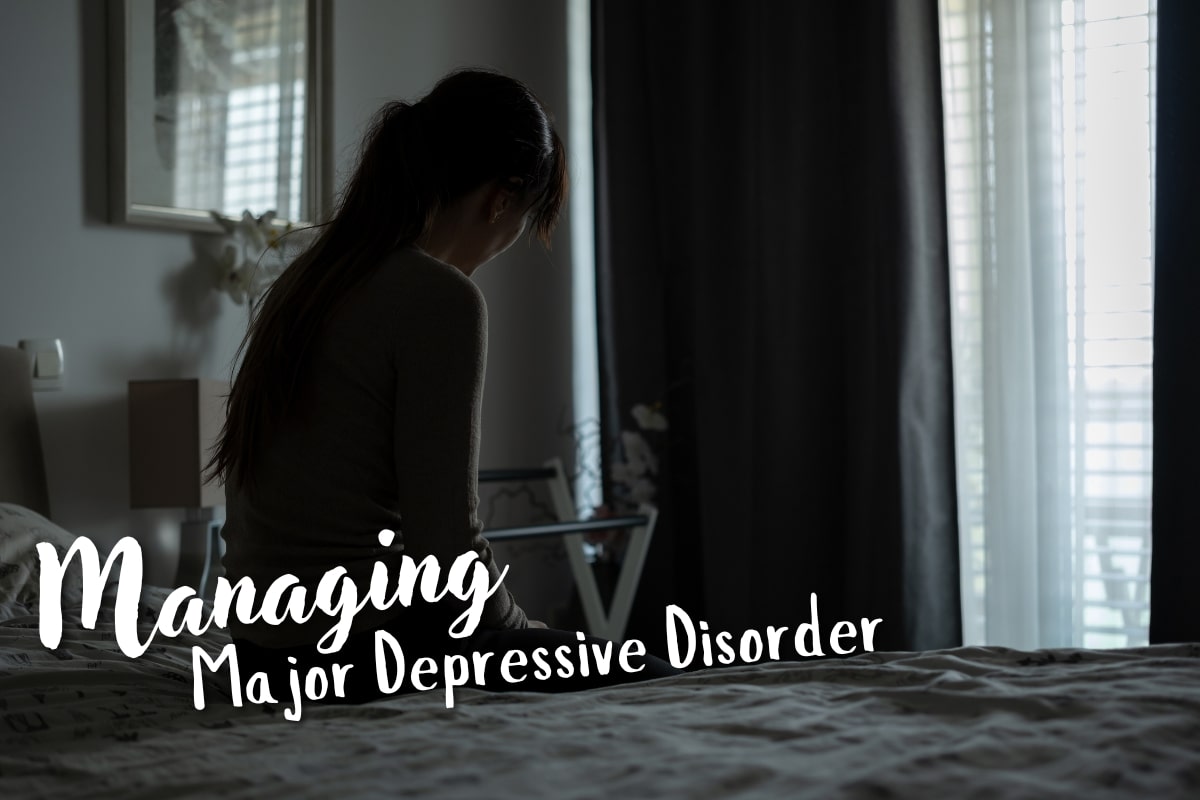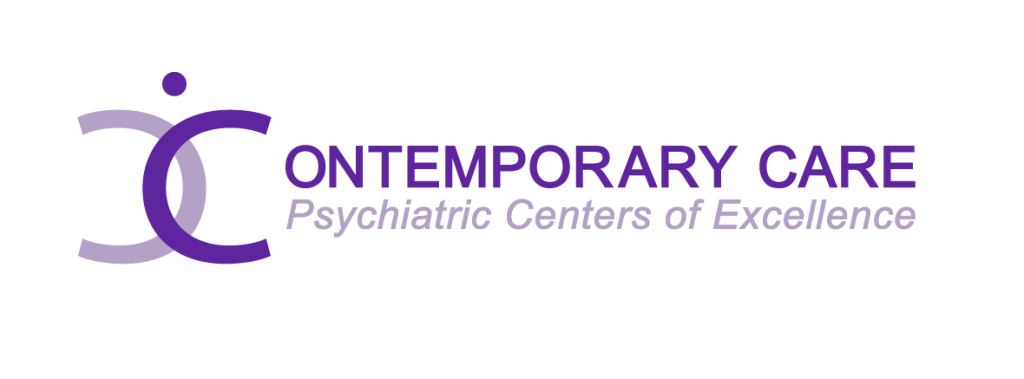Spravato Treatment Centers in Connecticut offers specialized care. They are excellent for treatment-resistant depression. Understanding the frequency of treatment is vital in managing major depressive disorder.
These centers provide mental health care. They use Esketamine therapy for major depressive disorder. They are easy to get to in a safe and supportive environment. Each center is equipped to handle all depressive symptoms.
Esketamine Treatment Near Me for Depression
Esketamine is a new depression treatment. It’s for treatment-resistant depression and major depressive disorder. It works fast. Patients feel better in hours. Spravato Treatment Centers, Connecticut, offers this therapy. They also see patients who have not responded to oral antidepressants.
Understanding Treatment Frequency
Knowing how often you need treatment is key to planning your visits to Spravato Treatment Centers in Connecticut. There are three phases, each with a different schedule. Regular visits get the best results for depressive symptoms. Consistency is key for TRD.
Phase 1 of Spravato Treatment
Spravato Treatment Centers, Connecticut, will walk you through phase 1. This phase is intense and critical to success. Spravato is a Schedule III controlled substance, so it needs to be handled with care.
What to Expect in Phase 1
Phase 1 is intense. Patients visit Spravato Treatment Centers in Connecticut twice a week. This phase is four weeks. First, prescription nasal spray is used to treat depressive symptoms in adults.
Frequency: Twice a Week
Patients get treatment twice a week. This frequency gets depressive symptoms under control quickly—fast relief for patients with major depressive disorder.
Four Weeks
Phase 1 lasts four weeks. This duration sets the foundation. During this period, patients commit to regular visits. Clinical trials have shown significant results in these four weeks.
Frequent Treatments in Phase 1
Frequent treatments are essential. They get depressive symptoms under control fast, especially for treatment-resistant depression. Regular sessions manage suicidal thoughts.
Monitoring and Support in Phase 1
Patients are closely monitored during this phase. Spravato Treatment Centers, Connecticut, offers full support. Healthcare providers ensure treatment is safe and effective. Regular check-ins and adjustments as needed. Blood pressure is monitored to prevent complications. Observation is 2 hours after each session.
Observation and Safety
During the observation period, healthcare providers will monitor patients for two hours to ensure the safety of patients with depressive symptoms. Monitoring includes blood pressure checks and watching for side effects. Patients with blood vessel disease will get special attention. This comprehensive approach minimizes risks associated with the medication.
First 4 Weeks
Schedule for the First 4 Weeks
During the first four weeks, patients visit Spravato Treatment Centers in Connecticut twice weekly. Each treatment is with an FDA-approved Esketamine nasal spray, Spravato. This schedule ensures consistent dosing and close monitoring. Appointments are usually on the same treatment days each week, which helps with planning and consistency.
What to Expect and Improvements
In the first four weeks, patients should see improvements. Spravato can get depressive symptoms under control in adults. Many feel better within hours of the first dose. This phase is to treat major depressive disorder (MDD). Regular sessions manage hopelessness and suicidal thoughts, especially for patients who have tried two or more antidepressants without success.
What Spravato Treatment Centers Connecticut Does in Patient Care During This Phase
Spravato Treatment Centers in Connecticut are part of patient care and provide a safe and supportive environment for treatment.
Mitigation and Safety
These Centers have a mitigation strategy. They review each patient’s medical history carefully to identify potential risks. Patients are not allowed to operate machinery on treatment days. All treatments are done in controlled healthcare settings. This approach minimizes side effects and ensures patient safety.
Maintenance Phase of Spravato Treatment
Transition from Phase 1 to Phase 2
After Phase 1, patients will transition to Phase 2. This is critical to maintain progress. The frequency of treatments will be once a week. This is to keep the progress made in Phase 1. Phase 2 is four weeks.
Frequency: Once a Week
In Phase 2, patients visit Spravato Treatment Centers in Connecticut once a week. This reduced frequency allows balance with daily life. Still gets the support needed to manage depressive symptoms.
Duration: 4 Weeks
Phase 2 is four weeks long. This is to solidify the gains made in Phase 1 and ensure long-term stability and symptom management.
Objectives of Phase 2
The main objective of Phase 2 is to maintain improvement. To prevent depressive symptoms from coming back. This phase helps patients keep the benefits of the initial treatments. Focuses on long-term mental health and stability.
Ongoing Support and Monitoring
Spravato Treatment Centers Connecticut will still provide support and monitoring in Phase 2. Healthcare providers will check on patients regularly to ensure safe and effective treatment. Monitoring includes regular assessments and adjustments to the treatment plan. This ongoing support eliminates emerging issues and maintains patient well-being.
Weekly Visits
Weekly Visit Structure
In Phase 2, Spravato patients will visit Spravato Treatment Centers in Connecticut once a week. Each visit is structured. Healthcare providers will administer the FDA-approved Esketamine nasal spray. Then, patients will enter an observation period, which is at least two hours long. Direct observation is for patient safety. On treatment days, patients are not allowed to operate machinery. Motor coordination issues are monitored. Abdominal aorta history is also considered.
Why Consistency Matters in Phase 2
Consistency is crucial in Phase 2 of Spravato therapy. Weekly visits maintain progress. Adults with major depressive disorder need consistent treatment to prevent symptoms from coming back. Consistent visits ensure effective treatment and get rid of emerging issues quickly. Patients who responded well in Phase 1 continued to improve. Consistency maintains benefits like reduced suicidal ideation and sound sleep.
How Spravato Treatment Centers Connecticut Keeps Progress
Spravato Treatment Centers in Connecticut help maintain progress. They provide a structured and supportive environment. Healthcare providers review each patient’s treatment plan carefully. They monitor patients during each visit. Regular assessments adjust the treatment as needed. This ongoing support keeps the benefits of Spravato therapy. The centers focus on long-term mental health and stability for all patients. They also aim to improve patient experience. Patients can rest comfortably during observation, which enhances treatment outcomes.
Long-Term Treatment Plan
Long-Term Treatment Options
A long-term treatment plan is for long-term mental health. Spravato Treatment Centers in Connecticut have different schedules. Patients may have weekly, bi-weekly, or monthly visits to maintain progress and prevent relapse. Each schedule is customized to actual patients.
Schedules: Weekly, Bi-Weekly or Monthly
Long-term treatment can be different in frequency. Some patients may need weekly visits. Others may benefit from bi-weekly or monthly sessions. The schedule depends on how well the patient responded to the initial treatments. Regular visits get continuous support and monitoring. This manages depression and gets relief from symptoms.
What Affects Long-Term Treatment Frequency
Several factors affect long-term treatment frequency. The severity of the patient’s condition is key. Patients with severe symptoms may need more frequent visits. The patient’s overall health, including abdominal aorta conditions, is also considered. Healthcare providers assess the patient and adjust the schedule accordingly. They will also monitor for side effects and rare potential risks.
Importance of Personalized Treatment Plans
Personalized treatment plans are crucial for long-term care. Each plan is customized to the patient. Providers will consider motor coordination and suicidal ideation. They also focus on improving patient experience. Personalized plans get patients to sleep well and rest comfortably during observation. This individualized approach gets the best outcome for each patient. It makes adults with treatment-resistant depression feel connected and supported. Spravato therapy aims to bring relief and overall well-being.
Customized Schedule
Why Customized Plans
Customized plans are crucial for care. Every patient is different. Adults with treatment-resistant depression need a personalized approach. A customized plan addresses individual needs, increasing the chances of success. Personalized plans are for actual patients to get relief.
How Therapy Response Affects the Schedule
Patient response to therapy affects the treatment schedule. Some patients respond fast and may need fewer frequent visits, while others need more time and support. Regular assessment helps adjust the schedule. Monitoring for side effects is essential, ensuring therapy is effective and safe.
Work with Healthcare Providers at Spravato Treatment Centers, Connecticut
Working with healthcare providers is essential. At Spravato Treatment Centers in Connecticut, professionals work with patients. They create and adjust customized schedules. Providers will consider motor coordination and suicidal ideation. They make patients feel connected and supported. This teamwork results in a better patient experience and outcome.
Monitoring and Safety
What Happens During Each Visit
Spravato Treatment Centers, Connecticut, prioritizes patient safety. Each visit has a thorough monitoring process. Healthcare providers will check vital signs before and after each treatment, including blood pressure and overall health. Providers will also consider patient history, including abdominal aorta conditions. The goal is to ensure that Esketamine nasal spray is given safely.
After each Spravato therapy, patients enter an observation period. This is for patient safety. Providers stay with the patient during this time and monitor for any immediate side effects. The observation period ensures the patient is stable before they leave.
Duration: At Least 2 Hours Post Treatment
The observation period is at least 2 hours after treatment. During this time, the patient will be in the healthcare setting, and providers will monitor the patient’s response to treatment. This 2-hour window helps detect and manage side effects so the patient can go home afterward.
Patient Safety and Monitoring
Patient safety is first at Spravato Treatment Centers in Connecticut. Monitoring helps manage risks, regular checks help prevent respiratory depression, and monitoring helps assess treatment effectiveness. Direct observation is important to manage side effects. This comprehensive approach ensures safe and effective care for each patient.
Caution and Safety Precautions
Spravato patients should not operate machinery on treatment day. Esketamine nasal spray can affect motor coordination. Providers will consider these effects. The treatment plan includes these safety measures. FDA-approved treatment is for adults with major depressive disorder. This cautious approach ensures patient safety and treatment outcomes.
Observation
What Happens During the Observation
After Spravato is given, patients will enter observation for at least 2 hours. They will rest comfortably. Healthcare providers will monitor for immediate symptoms and rare side effects to ensure the patient responds to the medication.
How Providers Ensure Patient Safety
Providers will take several steps to ensure patient safety. They will monitor vital signs, including heart rate and blood pressure, watch for any signs of distress, and ensure patients do not do any activity requiring motor coordination to prevent accidents and keep them safe.
Spravato Treatment Centers, Connecticut’s Safe Environment
Spravato Treatment Centers, Connecticut, is a safe environment. The centers have all the medical equipment, so they can respond quickly if anything happens. Staff is trained to handle emergencies. They will make the observation period safe and comfortable and improve the patient experience.
Contact Spravato Treatment Centers, Connecticut, for Depression Relief
Spravato ketamine treatment near me has different phases. First, patients visit twice a week. Then, based on patient response, it may change to weekly, bi-weekly, or monthly. Each visit includes a two-hour observation period for safety and effectiveness.
Individualized care is critical to success. The treatment plan is tailored to the patient’s needs. Providers will monitor vital signs and check for side effects to ensure the safe and effective administration of the medication, balancing benefits and risks.
Spravato Treatment Centers Connecticut gets you depression relief. They have a safe environment and individualized care. Staff is trained to handle emergencies. If you have depression, contact these treatment centers. Insurance may be available.
Contemporary Care Centers
For depression relief, contact Contemporary Care Centers. Our team will help you. Visit our website, http://contemporarycarecenters.com.

Book a Consultation
Don’t wait. Book a consultation with Contemporary Care Centers today. Our providers will walk you through the process. Individualized care and continuous monitoring get the best result. If oral antidepressants don’t work for you, try our Esketamine treatments. Start your better life now.
Contemporary Care Centers offer comprehensive treatment for a wide range of mental health conditions, including major depression, bipolar disorder, and other mood disorders. We provide specialized care for generalized anxiety disorders, obsessive-compulsive disorder, social phobia, panic disorder, and other phobias, as well as PTSD and trauma-related issues. For those struggling with schizophrenia, substance abuse, and alcoholism, these centers offer tailored programs to support recovery.
Additionally, we address ADHD, autism spectrum disorders, and eating disorders with dedicated expertise. Family, couples, and other relationship issues, as well as bereavement and gender and sexual orientation concerns, are also sensitively managed. Adjustment disorders, neurological conditions, medical illnesses, and chronic pain are treated holistically.
Beyond traditional treatments, we incorporate innovative adjunct therapies such as Transcranial Magnetic Stimulation (TMS), biofeedback therapy, and various therapy groups to provide a well-rounded and practical care experience.
Esketamine treatment near me at Contemporary Care Centers has many benefits. It gets you relief from treatment-resistant depression. Our safe environment and staff will keep you safe. With individualized care, you can achieve long-term improvement. Contact us if oral antidepressants don’t work; Esketamine might be the answer for you.



